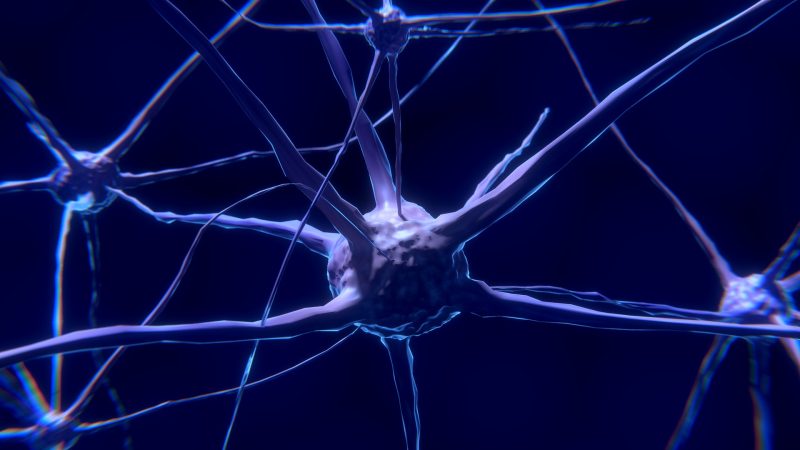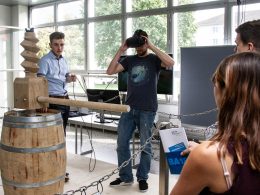What we feel influences more areas of the brain than long assumed. In the research projects of the Swiss Centre for Affective Sciences and the Department of Cognitive Neuroscience at the University of Basel, VR helps to trigger the right feelings.
They are feelings that we all know: Joy, anger, fear, surprise, disgust or sadness. Twenty years ago, psychologists mainly investigated these emotions by questioning their test subjects and monitoring physical reactions such as heartbeat, breathing rate and facial expressions.
However, emotion research has developed considerably since then: Using new methods such as functional magnetic resonance imaging (fMRI), neuroscientists can now analyse what happens in the brain when they arouse different emotions in their test subjects. For example, they show them photos of sad and happy faces, make them smell chocolate or play scary film scenes for them. Using fMRI, they measure the blood flow in the brain and determine which regions of the brain have been activated.
Of course, the researchers cannot directly see the emotions in the brain, but they can observe that different emotional processes activate different areas of the brain in different ways. "And that is enormously useful," says David Sander, Director of the Swiss Centre for Affective Sciences in Geneva.
VR triggers real feelings
"Most researchers still use indirect methods to trigger emotions," says neuroscientist Patrik Vuilleumier from the Swiss Centre for Affective Sciences. For example, looking at a happy face activates certain regions of the brain, but without necessarily arousing a real feeling of joy.
Vuilleumier is therefore developing a new method in which his test subjects are transported into a virtual world with the help of VR glasses, where they have to solve tasks and go on adventures. Vuilleumier believes that this immersion can evoke almost natural emotions. Statistical methods and fMRI analyses can then be used to evaluate which factors in the virtual scenarios trigger which activity in the brain.









